Veronica officinalis: type, properties, application
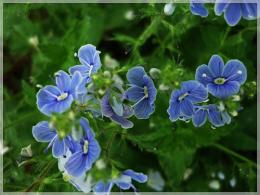
Among the Norichnikov family there is a whole bush of plants that have similar properties, distribution areas and appearance. These are Veronica (Veronica), chamaedrys, longifolia, spikata, officinalis, and hederifolia.
Content:
- What does the herb Veronica officinalis look like?
- Composition of plant bioactive substances, collection and preparation of medicinal raw materials
- Pharmacological and medicinal properties and use of Veronica officinalis
What does the herb Veronica officinalis look like?
Except ivy, all speedwells are perennial herbs. They grow throughout the CIS, except for the far south. They love forest glades, woodlands, forest belts, humid places and shrubs.
The flowers are blue and pale purple, collected in loose inflorescences. The fruits are in the form of small boxes. These herbs bloom from late May to early October. Good honey plants and secrete nectar at ambient temperatures from +16*C to +28*C. Actively visited by bees, in the absence of shock honey collection, actually until mid-September.
Medicinal veronica differs from its relatives in that it has a creeping stem, which is capable of taking root at the nodes. Therefore, this grass is capable of forming thickets in moist places and covering areas with a continuous carpet, displacing other plants.
Its leaves become a rich green color, almost round with jagged edges.The flowers become a richer color rather than lavender. And blue ones, when growing in optimal conditions, practically never occur at all.
From each node a stem 15 - 30 cm long is thrown out. In June-July, at optimal temperatures of 22 * C - 24 * C, it can actively release nectar that there will be a continuous pleasant aroma. It is at this time that the collection of medicinal raw materials - stems with flowers - is carried out.
Composition of plant bioactive substances, collection and preparation of medicinal raw materials
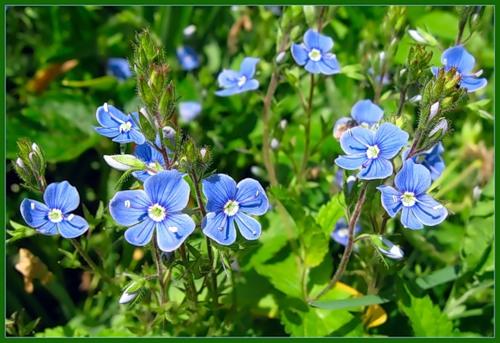
The stem, flowers and leaves of the plant are evenly and without predominance of one of the components saturated with the following bioactive substances:
- Glycosides – veronicin and aucubin
- Saponins
- Essential oils
- Tannins and bitter substances
- Organic acids – citric, malic, lactic
- Flavonoids
- Vitamin C
- Microelements – iodine, iron, etc.
The roots contain some concentration of tannins, astringents and bitter substances.
The top of the above-ground part of the plant is collected en masse without division into flowers, stems and flowers in mid-June, when the inflorescences have already formed and are beginning to bloom, and there are still no drying leaves on the stems. Optimal temperature conditions for collecting the herb Veronica officinalis is T = 16*C - 20*C with a humidity of 60 - 80%. That is, it is collected, like most other medicinal plants, in the morning, when the dew has disappeared.
The roots of this herb are not large, fibrous. They are collected only by specialist herbalists when the peak of flowering has passed, but the boxes have not yet ripened en masse, that is, at the end of July in the evening. Although, if the summer is rainy, then later – until mid-September.
Drying of medicinal raw materials occurs in a shaded and not hot, well-ventilated place without direct sunlight. The output should be pale green raw material. When the plant dries out, it loses 80% of its mass.
For experienced herbalists medicinal raw materials so is the fresh plant. They make vegetable oil infusions and alcohol extracts from them. Particularly valuable in this regard are the roots of plants, of which it is difficult to collect a lot. Besides, they cannot be washed. Therefore, herbalists are looking for places where Veronica officinalis grows on sandy, moist soil so that the root can be easily pulled out without lumps of soil.
Pharmacological and medicinal properties and use of Veronica officinalis
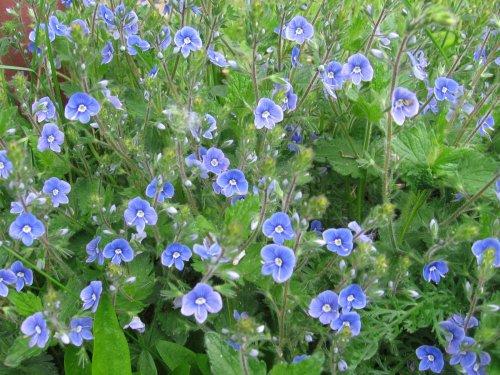
Infusions, teas and preparations based on medicinal speedwell have the following properties:
- Analgesic
- Anti-inflammatory
- Antispasmodic
- Hemostatic
- Fungicidal
- Expectorant
- Wound healing
- Antitoxic
Therefore, its warm teas and infusions are actively used for acute respiratory infections, sore throat, bronchitis and pulmonary tuberculosis. If the patient does not have renal failure, then there are no other restrictions on the use of infusion and tea with medicinal veronica.
Infusions of medicinal veronica are also useful for nervous exhaustion, loss of mental and physical strength, insomnia, anxiety, and hallucinations. Drink as a warm drink 3 or more times a day with honey.
This combination of healthy foods nourishes the nervous system well and brings it back to normal. Veronica with honey is especially effective against bites of snakes and rabid animals (dogs, cats, foxes, etc.).
Tea is made like this: pour 200 ml of boiling water into a tablespoon and leave for 5 minutes.
Infusion - a tablespoon is filled with 200 ml of water, brought to a boil and infused in a thermos for 30 - 40 minutes.
For internal diseases such as stomach ulcers, cirrhosis of the liver, for diseases of the genitourinary system and internal bleeding, more saturated infusions and alcohol extracts are taken internally individually 1 - 3 times a day.
Externally applied mush with Veronica officinalis for purulent wounds, eczema, rashes, fungal infections of the skin. Baths are also taken with the addition of an alcohol extract concentrate to the water.
For burns, boils, and trophic ulcers, it is effective to use an infusion of fresh herbs in vegetable oil (by weight 1 to 1) for 3 days. Experienced herbalists often use fresh Veronica officinalis root in these cases.
In many medicinal and preventive preparations, this plant is also added in appropriate proportions. But special knowledge is required here, since Veronica officinalis does not combine with all plants (for example, linden and acacia flowers should not be combined with it in the same collection, although separately they cure acute respiratory infections and sore throats).
Watch how to use Veronica officinalis in the video:
Interesting information about the vegetable garden

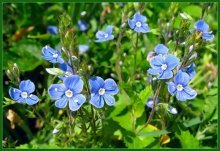
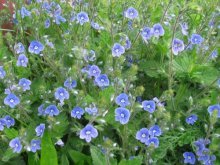

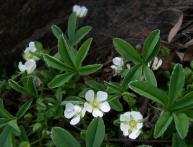
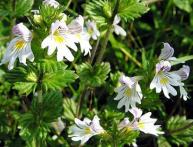
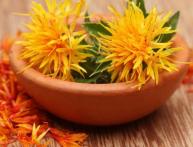

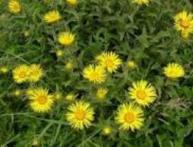
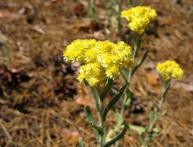
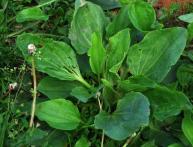
Comments
During the flowering period, this plant greatly decorates nature - delicate flowers that are pleasant to look at while walking. And it turns out that it is also medicinal.